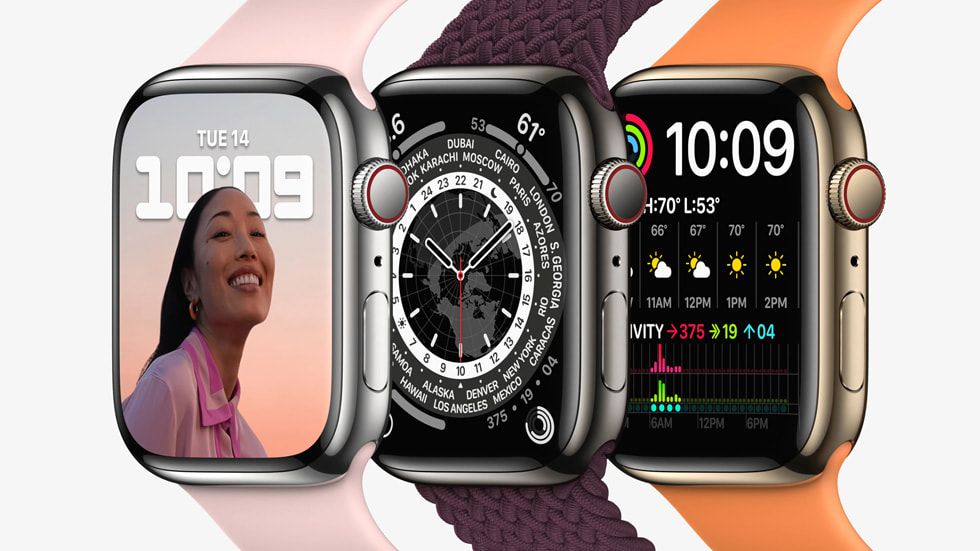With more than 30% of the global smartwatch market share, according to counterpoint, it is undeniable that Apple is quite dominating this space – as a comparison, Samsung’s rival only has 10% of the market. In fact, these two brands combine accounts more than 40% of the smart watch market. With Apple and Samsung using their own chips in smart watches, chip makers like Mediatek and Qualcomm find it very difficult to break this segment. In the example of Qualcomm, consensus is that chips centered on smart watches are left behind from offers from Samsung and Apple in terms of performance.
Making a worse situation, Google’s Wear OS platform – which provides a large enough smartwatch power than a brand other than Apple and Samsung – is not known for its ease of use. This platform is also famous for Buggy. Simply put, things look gloomy for people who are interested in getting smart watches that run Wear OS and use Qualcomm chip. Given that sad situation, it is clear that Qualcomm and Google want to do something to change this status quo. Everything starts to move after Google convinces Samsung to leave Tizen -based OS for smart watches and choose to use OS. The second significant change has arrived with Qualcomm announced the launch of the next generation chip for smart watches.
You could say the most important qualcomm chip in this new history
Following a constant teaser flow, Qualcomm announced the next generation chip for smart watches and items that can be worn on July 19. Called Snapdragon W5+ Gen 1 and Snapdragon W5 Gen 1, this new processor has a completely new naming scheme even though they are direct successors for Snapdragon 4100 and 4100+ chips launched by companies in 2020. The focus is mainly located in the Snapdragon W5+ Gen chip 1, which will be the most widely used by the Os-Toting Smart Watches that will be used in the near future. Chip labeled Snapdragon W5 Gen 1 will only be used with several smart watches and special Chinese devices designed for children, senior citizens, and commercial companies.
A closer view on the W5+ chip specifications sheet revealed that the new chip is a significant increase in its predecessor. To start with, the W5+ chip is based on the process of making 4nm as opposed to the 12nm process on the 4100+ wear. This is no less than the leap of the generation in the world of microprocessors.
Qualcomm claims this change alone makes the W5+ 50% “better” platform than its predecessor. In addition to the main chip, W5+ also includes co-processors that are built using the 22NM manufacturing process. Qualcomm also claims W5+ Gen 1 chip will offer 2x faster performance in most of the daily tasks that you throw into your watch. Repairs have also been made on connectivity features, with newer chips supporting faster network speeds and newer Bluetooth connectivity standards. The smaller manufacturing process also ensures that the actual SOC is physically smaller than its predecessor. This must also mean that producers will be able to reduce the size of smart watches without reducing performance or features.
Usually when Qualcomm announces a new chipset, people have to wait long before the brand starts using it on a new device. That does not happen with Snapdragon W5+ Gen 1. The company confirms the launch of two new smart watches that will be the first commercial device to use a new chip. The first smartwatch using this chip is the Oppo Watch 3, which is expected by the company to be launched in August. The second product that is confirmed that will get a new chipset is the Ticwatch model from Mobvoi. There is no launch date for this Ticwatch model, but the company says the product will be available starting this fall.
In addition to this confirmed model, Qualcomm also took the launch as an opportunity to display two reference smartwatch designs. These two products are labeled “Compal” and “Pegatron” will be used to display improved capabilities

